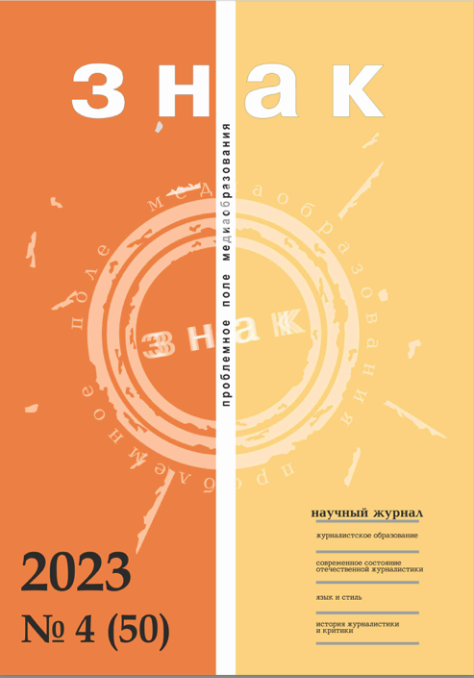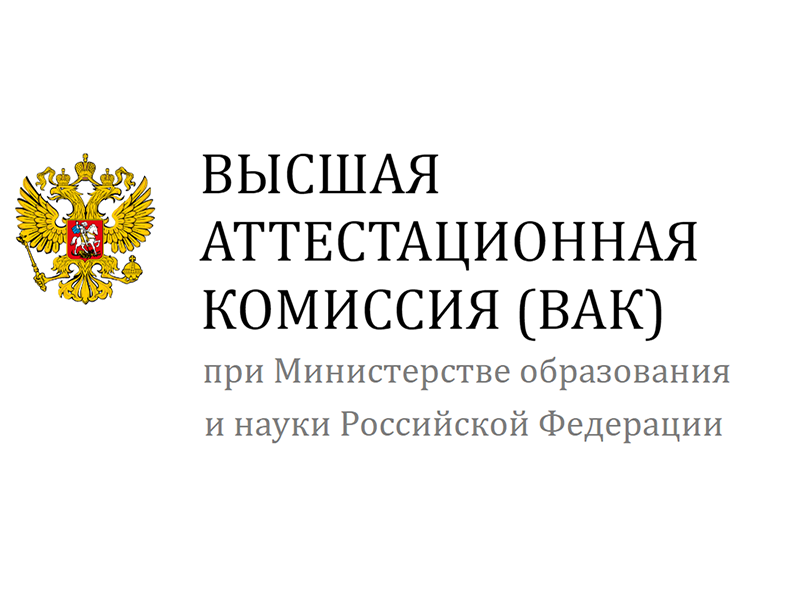Features of the manifestation of the metaprogram in modern audiovisual advertising
DOI:
https://doi.org/10.47475/2070-0695-2023-50-4-23-28Keywords:
video advertising, audiovisual media, means of attracting attention, meta-programsAbstract
One of the key tasks of modern video advertising, distributed mainly in the network environment and on television, is to attract and retain consumer attention. In a situation of increased competition and intensified information exchange, this task becomes even more urgent. One of the tools for its implementation can be dominant metaprograms. Based on the analysis of modern audiovisual advertising media content based on the content analysis method and the textual method, the article examines the process of authors’ appeal to metaprograms. Based on an analysis of more than a hundred videos, a conclusion is made about the dominance of a number of meta-programs. It is indicated that the most popular meta-program is “people”, which personalizes content and makes it recognizable. Most often, easily recognizable heroes are used as characters in such advertising. Another popular meta-program is “values.” Its authors appeal to the basic values of the audience and advertise objects of material nature through them. Other popular meta-programs include “resemblance” (shows a character close to the audience or plays out recognizable situations), “process” (there is an obvious development of the plot with elements such as plotting, development of action, climax and resolution) and “past” (carries out appeal to the historical or recent past). It is noted that, along with the dominant meta-program, other meta-programs may be present to varying degrees in advertising video content. It is also emphasized that advertising that appeals to the maximum number of meta-programs can be considered the most successful.
References
Amzin, A. A. (2022). Osobennosti mediapotreblenija [Features of media consumption]. Kak novyye media izmenili zhurnalistiku. 2012−2016 [How new media have changed journalism. 2012−2016]. Ekaterinburg: Humanitarian University. 305 p. (In Russ.).
Andronova, A. A. & Ditman, A. S. (2014). Metaprogramma kak instrument aktivacii povedenija potrebitelja [Metaprogram as a tool for activating consumer behavior]. Aktual'nye problemy sovremennoj jekonomicheskoj nauki. Omsk: Izdatel'stvo OGUPS, 222–230. (In Russ.).
Egorova, O. A. (2023). Faktory jeffektivnosti videoreklamy v cifrovom marketinge [Factors of effectiveness of video advertising in digital marketing]. Prakticheskij marketing, 7 (313), 35–40. (In Russ.).
Komnatnaja, A. V. & Vlasenko, A. A. (2021). Analiz metaprogramm pri provedenii povedencheskogo interv'ju [Analysis of meta-programs during behavioral interviews]. Mavljutovskie chtenija. Materialy XV Vserossijskoj molodezhnoj nauchnoj konferencii. Ufa, 368–376. (In Russ.).
L'vov, V. M., Bagrecov, S. A. & Nagieva, O. V. (2007). Metody vyjavlenija metaprogramm individov na osnove analiza ih reprezentativnyh sistem i jazykovyh patternov [Methods for identifying individual metaprograms based on the analysis of their representative systems and language patterns]. Chelovecheskij faktor: problemy psihologii i jergonomiki, 1 (38), 10–17. (In Russ.).
Kachkaeva, A. G. & Shomova, S. A. (2017). Mul'timedijnaja zhurnalistika [Multimedia journalism]. Moscow : Publishing House of the Higher School of Economics. 413 p. (In Russ.).
Nijazova, D. I. & Fahrutdinova, A. V. (2021). Tehnologii privlechenija vnimanija k videoreklame [Technologies for attracting attention to video advertising]. Social'nye kommunikacii: nauka, obrazovanie, professija, 21, 150–155. (In Russ.).
Osobennosti funkcionirovanija sovremennyh audiovizual'nyh media (2018). [Features of the functioning of modern audiovisual media] Voronezh: Kvarta, 328 p. (In Russ.).
Subota, D. O., Frolova, A. S. & Popova, O. A. (2019). Virusnaja videoreklama kak instrument prodvizhenija obrazovatel'nyh uslug [Viral video advertising as a tool for promoting educational services]. Aktual'nye problemy nauki i tehniki. Moscow, 102–103. (In Russ.).
Filichev, S. A. (2019). Jemocional'nye metaprogrammy v organizacii obuchenija studentov [Emotional meta-programs in organizing student learning]. Obrazovatel'nye tehnologii, 4, 66–71. (In Russ.).
Finchenko, M. V. (2018). Videoreklama: sekrety jeffektivnyh kampanij [Video advertising: secrets of effective campaigns]. Internet-marketing, 4, 268–273. (In Russ.).
Holl, L. M. & Bodenhejmer, B. (2007). 51 metaprogramma NLP [51 NLP metaprograms]. Sankt-Peterburg: Prajm-Evroznak, 347 p. (In Russ.).
Sharshova, M. N. (2005). Analiz metaprogramm i lingvisticheskij analiz rechi pri provedenii interv'ju [Analysis of metaprograms and linguistic analysis of speech during interviews]. Vysshee obrazovanie, biznes, predprinimatel'stvo. Samara, 302–306. (In Russ.).
Shhepilova, G. G. & Medzhidov, T. R. (2022). Sozdanie i razmeshhenie videoreklamy v blogosfere: kreativnyj podhod [Creation and placement of video advertising in the blogosphere: a creative approach]. Medi@l'manah, 5 (112), 44–53. (In Russ.).
Shesterina, A. M. (2022). Priemy aktualizacii metaprogramm v nauchno-populjarnom sektore videobloginga [Techniques for updating metaprograms in the popular science sector of video blogging]. Medialingvistika, 4 (9), 404–413. (In Russ.).
Shpengler, O. (1993). Zakat Evropy: ocherki morfologii mirovoj [Decline of Europe: essays on world morphology]. Moscow : Mysl', 666 p. (In Russ.).
Downloads
Published
How to Cite
Issue
Section
License
Copyright (c) 2023 Znak: problemnoe pole mediaobrazovanija

This work is licensed under a Creative Commons Attribution-NonCommercial-NoDerivatives 4.0 International License.




